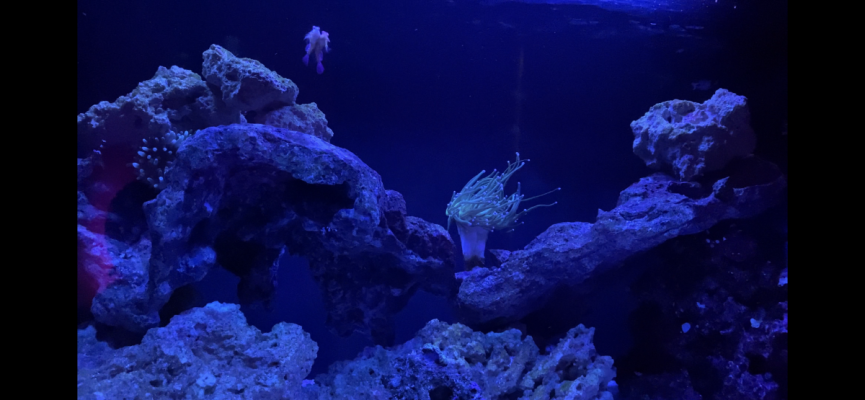So these scooters and about 2 weeks in my tank. Definitely male and female (deliberately). Didn’t think this would happen so soon. Been seeing the male getting a little aggressive, chasing the female and showing his fins. Anyone with experience know if this actually is mating and what happens next?? Is this common or am I lucky?
Thanks
Thanks























